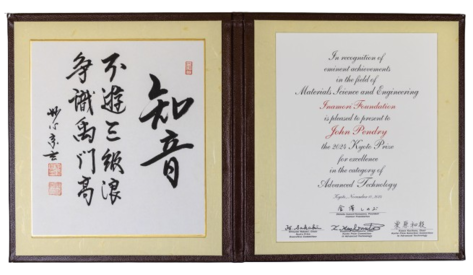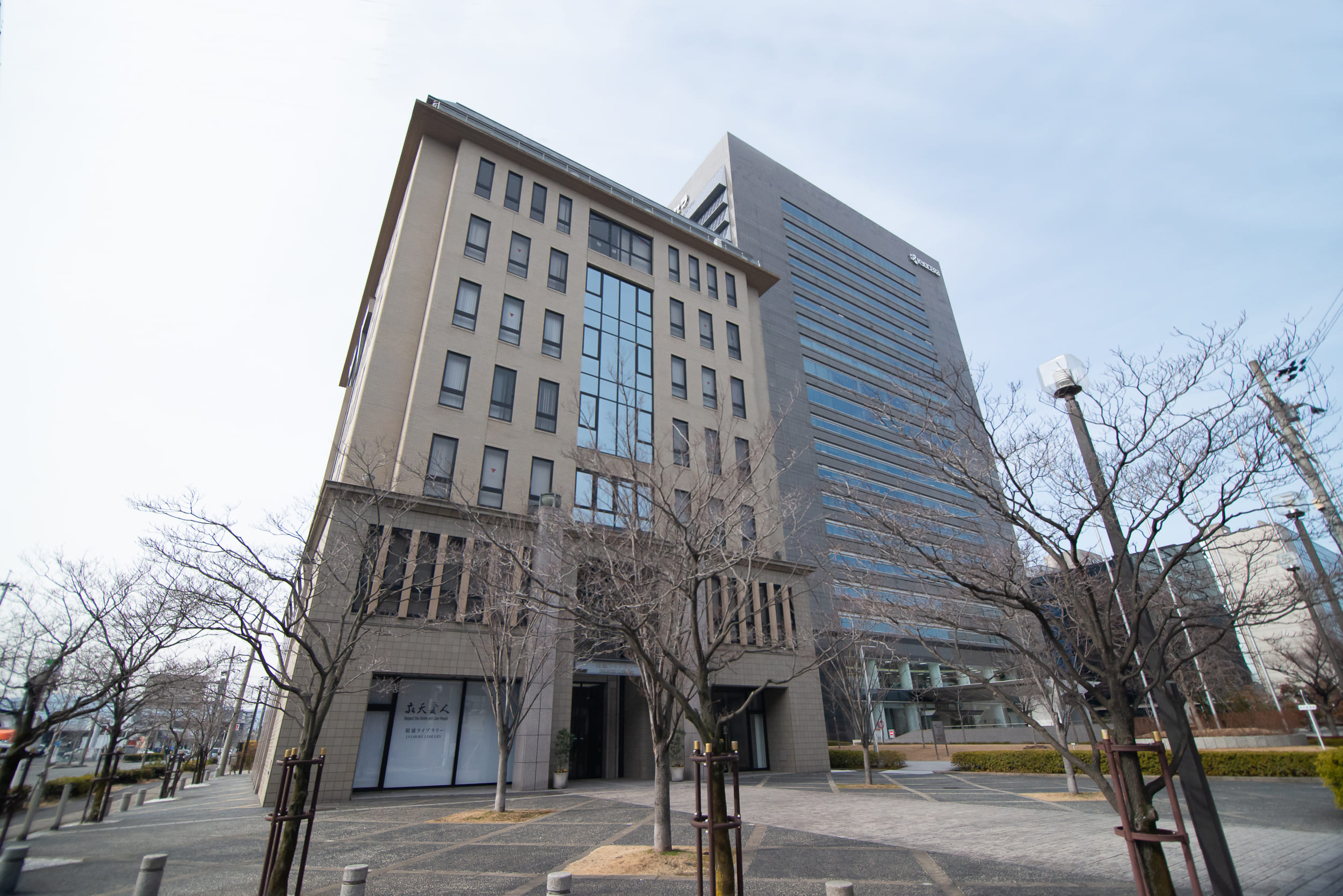The Kyoto Prize is an international award of Japanese origin, presented to individuals who have made significant contributions in the fields of science and technology, as well as the arts and philosophy. This internationally renowned award was born out of the sincere wish of Kazuo Inamori to “contribute to the progress of the future of humanity while maintaining a balance between the development of science and civilization and the enrichment of the human spirit.” Each laureate is presented with a diploma, a Kyoto Prize medal, and prize money of 100 million yen per category.
A video: Kazuo Inamori speaks on the “Philosophy of the Kyoto Prize”
“A human being has no higher calling than to strive for the greater good of humanity and the world.” – The Kyoto Prize honors individuals based on this philosophy, which resonates strongly with its founder Kazuo Inamori’s lifelong belief. “I wish to repay my indebtedness to the global community that has helped make me what I am today. I would also like to establish a prize to formally recognize highly dedicated but unsung researchers, thereby creating a brighter future” – Believing this will serve the greater good of humankind and society, Inamori put forth 20 billion yen from his own pocket to establish the Inamori Foundation and then the Kyoto Prize.
The Kyoto Prize is presented in the three categories of Advanced Technology, Basic Sciences, and Arts and Philosophy, each of which comprises four fields, making a total of 12 fields. Every year, one Prize is awarded in each of the three categories with prize money of 100 million yen per category.
One of the distinctive features of the Kyoto Prize is that it is presented in both “science” and “arts and philosophy” fields. This is because of Inamori’s conviction that the future of humanity can be assured only when there is a balance between scientific development and the enrichment of the human spirit.
Every year, the Inamori Foundation selects internationally recognized authorities in each of the three Kyoto Prize categories to serve as nominators. Laureates will be chosen only from among the pool of officially nominated candidates. The candidates thus nominated from around the world are reviewed by the Kyoto Prize Selection Organization, which consists of three Kyoto Prize Selection Committees (one for each category), three Kyoto Prize Committees (one for each category), and the Kyoto Prize Executive Committee. This three-tiered structure ensures strict impartiality, a primary concern of the Inamori Foundation.
The first screening is done by the Kyoto Prize Selection Committees, made up of leading authorities in each Prize field. Next, focusing on the recommendations of the Selection Committees while applying a wider range of criteria, the Kyoto Prize Committees choose ranked short lists of candidates. Finally, the Kyoto Prize Executive Committee selects the finalists in all three categories from a broader perspective, paying special attention to whether their achievements are in line with the philosophy of the Kyoto Prize. The Kyoto Prize Executive Committee decides the laureates, subject to approval of the Board of Directors.


The Kyoto Prize medal presented to the laureate in honor of his/her achievements was designed by Yoshiyuki Chosa (1915-2002), a Japanese metalwork artisan who received the Order of Culture.
At the center of the medal is a camphor tree in relief, a “divine tree” that has been an object of nature worship since ancient times, believed to symbolize eternity and perpetuity. Weighing about 250g, it is made of 20K gold. It is adorned with four recrystallized emeralds (4.56 ct.) and four recrystallized rubies (6.88 ct.), which are called Inamori Stones. The reverse side is engraved with the laureate’s name and the year of the award.
The diploma measures 34.5 cm in length and 63 cm in width, with a fold in the center. On the right side, the Prize category and field, Laureate’s name and the date of awarding appear. The diploma is undersigned by the president of Inamori Foundation and Chairmen of respective Committees in the Kyoto Prize Selection Organization. The left side is calligraphic inscription in the hand of the President of the Myoshin-ji Temple school of the Rinzai sect of Zen Buddhism, which is generally selected from pertinent Chinese aphorisms with lives and achievements of that year’s laureates in mind.

Kyoto Prize Medal

2024 Diploma
Exhibition facilities have been established to widely introduce the activities of the Inamori Foundation including the Kyoto Prize. Visitors can see photo panels and video messages presenting the former laureates who have contributed to the peace and prosperity of human beings.

Kyoto Prize Room Kyoto City KYOCERA Museum of Art

Kyoto Prize LibraryInamori Auditorium, Kagoshima University
 Inamori Library
Inamori Library